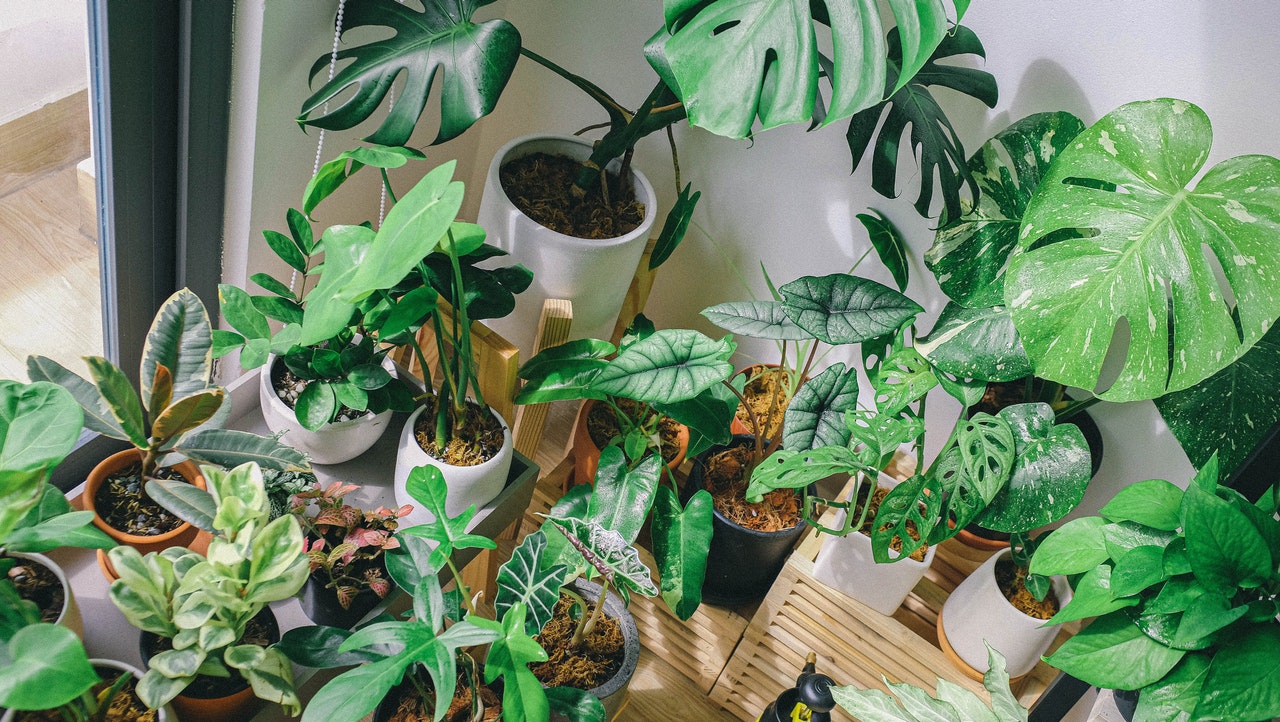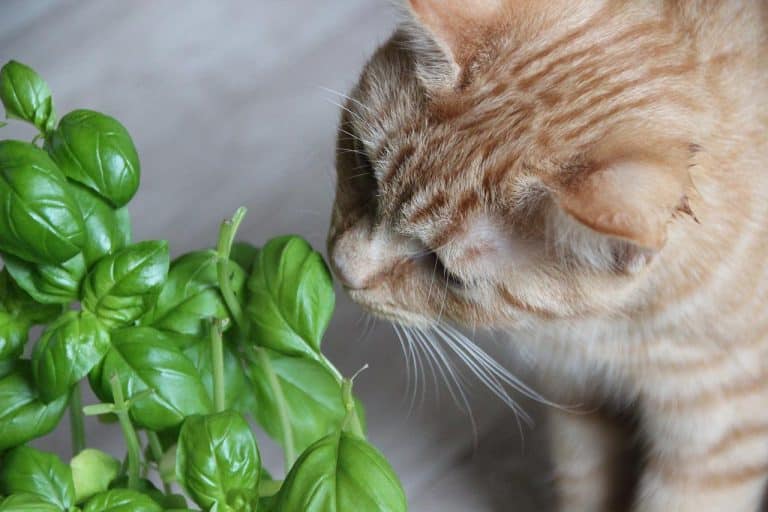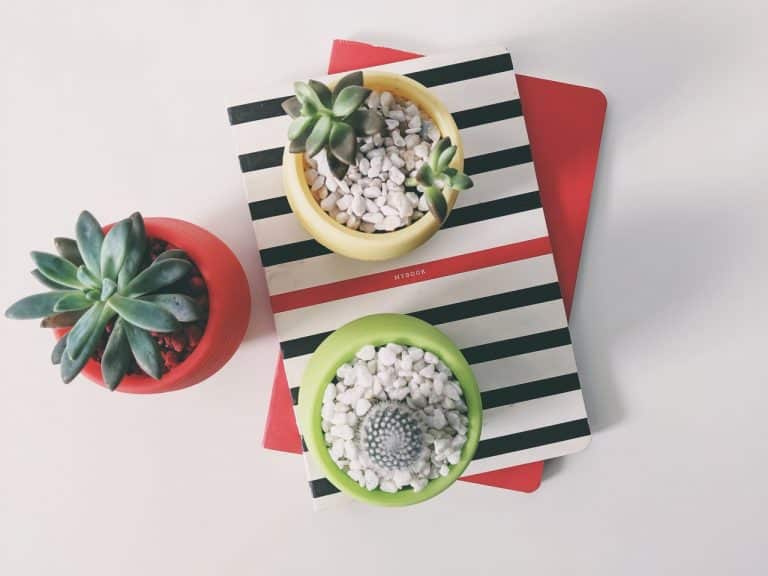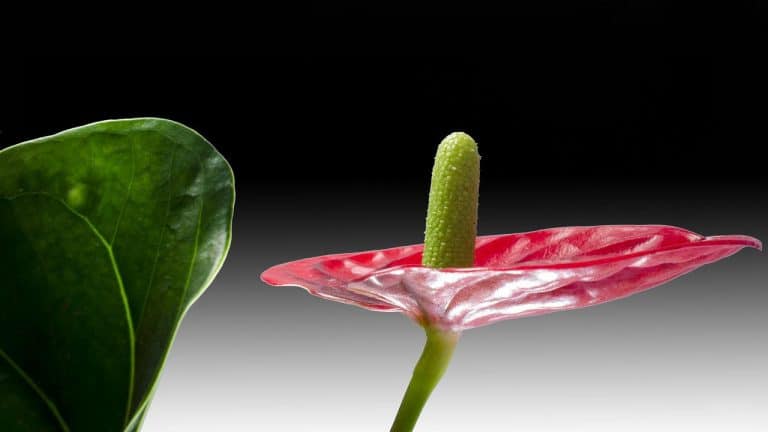Best Indoor Plants for Low Light and Bathroom
If you’re looking for the best indoor plants for low light, there are a few things to keep in mind.
First, consider the amount of light that your space gets. If it’s limited, you’ll want to choose plants that can tolerate lower light levels.
Second, think about the size of your space and the amount of sunlight it receives.
Smaller spaces may not have enough light for some plants, so it’s important to choose ones that will do well in your particular environment.
Here are a few of the best indoor plants for low light:
1. Snake Plant: The snake plant is a hardy plant that can tolerate low light conditions. It’s also a low-maintenance plant, making it a great choice for those who don’t have a lot of time to care for their plants.
2. ZZ Plant: The ZZ plant is another option for those looking for a low-light plant. It’s a tough plant that can withstand neglect, so it’s perfect for busy people or those who don’t have a lot of experience with plants.
3. Pothos: Pothos is a classic low-light plant that’s easy to care for. It’s a great choice for beginners or those who want a plant that doesn’t require a lot of attention.
4. Philodendron: Philodendron is another low-light plant that’s easy to care for. It’s a fast-growing plant, so it’s perfect for those who want a quick-growing plant that can fill up a space.
5. Spider Plant: The spider plant is a versatile plant that can tolerate a range of light levels. It’s also easy to care for, making it a great choice for those who don’t have a lot of time to dedicate to plant care.
These are just a few of the best indoor plants for low light. With a little research, you can find the perfect plant for your space and needs.
As you can see, there are a number of tall indoor plants that can thrive in low light conditions. If you are looking for a plant that is both attractive and easy to care for, any of the options on this list would be a great choice.
All of these plants are relatively easy to care for and can tolerate periods of low light.
Just be sure to provide them with bright indirect light when possible, and allow the soil to dry out between watering. With a little bit of care, any of these plants will thrive in your home.
Best Indoor Plant For Bathroom
Bathrooms are often thought of as one of the least hospitable environments for plants. However, there are a number of bathroom plants that can thrive in these conditions. Here are some of the best indoor plants for bathrooms:
1. Aloe Vera: Aloe Vera is a succulent plant that is known for its healing properties.
The plant can thrive in both sunny and shady areas, making it ideal for bathrooms that have limited natural light.
Aloe vera does best in well-drained soil and should be watered about once a week.
2. Bamboo Palm: Bamboo Palm is a tropical plant that can grow up to 10 feet tall.
This plant prefers bright, indirect light but can also tolerate low light conditions. Bamboo palm is a great air purifier and can help to remove toxins from the air.
The plant should be watered about once a week, and the soil should be kept moist but not soggy.
3. Boston Fern: Boston ferns are a type of evergreen that can grow up to 2 feet tall.
These plants prefer humid conditions and indirect light, making them ideal for bathrooms.
Boston ferns should be watered about once a week and the soil should be kept moist but not soggy.
4. Snake Plant: Snake plants are a type of succulents that can grow up to 4 feet tall.
These plants are tolerant of a wide range of conditions, including low light, high humidity, and poor drainage.
Snake plants should be watered about once a week and the soil should be allowed to dry out between waterings.
5. Philodendron: Philodendrons are a type of evergreen that can climb up to 10 feet tall.
These plants prefer bright, indirect light and high humidity.
Philodendrons should be watered about once a week and the soil should be kept moist but not soggy.
Best flowering plant for indoor environment
Not all flowering plants are created equal when it comes to being indoor-friendly.
Some varieties simply don’t do well in confined spaces, while others require more care and attention than the average person is willing to give.
If you’re looking for a flowering plant that will thrive in your home or office, here are a few of the best options:
1. African violets (Saintpaulia): These small, delicate plants are easy to care for and bloom repeatedly throughout the year. They come in a wide range of colors, making them a perfect way to add a splash of brightness to any room.
2. Orchids (Orchidaceae): Though they’re often thought of as difficult to grow, orchids are actually relatively low-maintenance plants.
They just need a little extra care when it comes to watering and humidity levels. With their showy blooms, they’re definitely worth the effort.
3. Peace lilies (Spathiphyllum): These beautiful plants not only add a touch of elegance to any setting but also help purify the air.
They prefer shady areas and need to be watered regularly, making them a good option for bathrooms or offices with limited natural light.
4. Bromeliads (Bromeliaceae): These colorful plants are easy to care for and make a statement in any space.
They’re also perfect for indoor gardeners who don’t want to deal with the hassle of a traditional potting soil-based plant.
5. Snake plants (Sansevieria): These hardy plants are virtually indestructible and can thrive in just about any environment.
They’re perfect for beginners or anyone who doesn’t have a lot of time for plant care.
With so many options to choose from, you’re sure to find the perfect flowering plant for your indoor space.
Just be sure to do your research beforehand so you can provide the proper care and attention your plant needs to thrive.
FAQs
Summary:
One of the best ways to remove toxins from your bathroom and purify the air is to use plants.
Plants help to absorb harmful chemicals and pollutants, making them ideal for use in any room where there are concerns about air quality.







